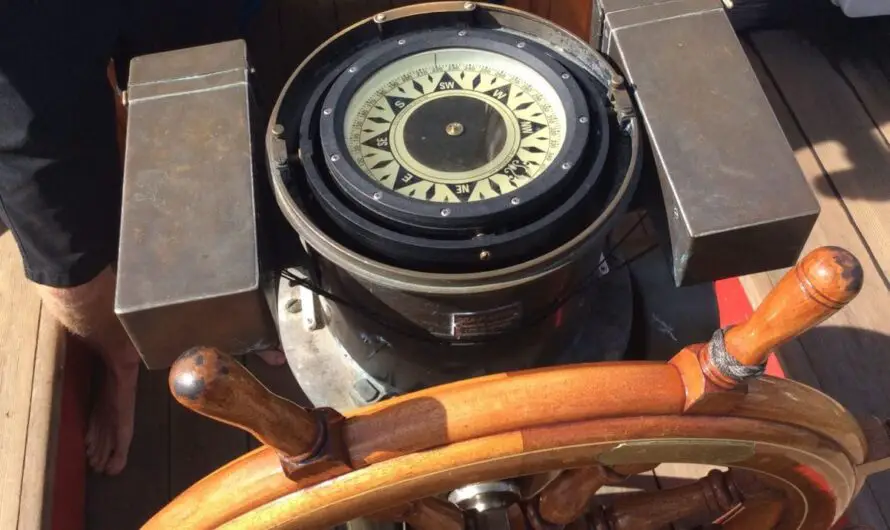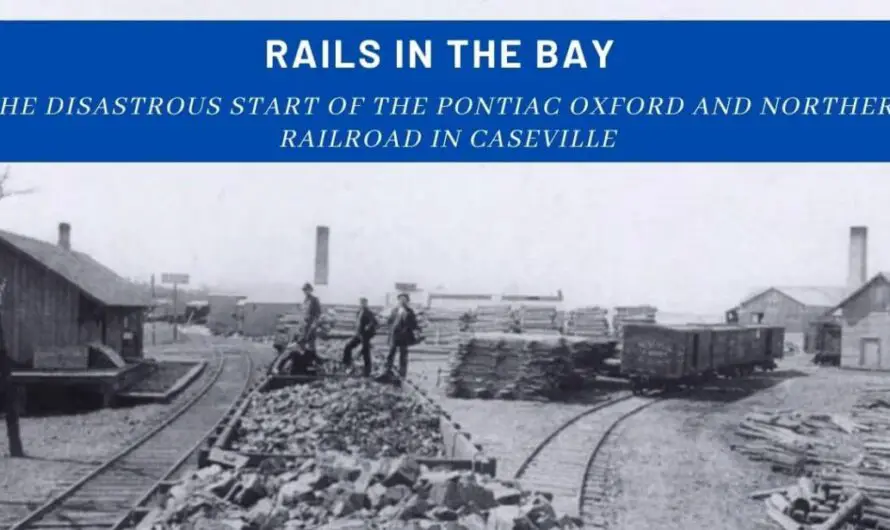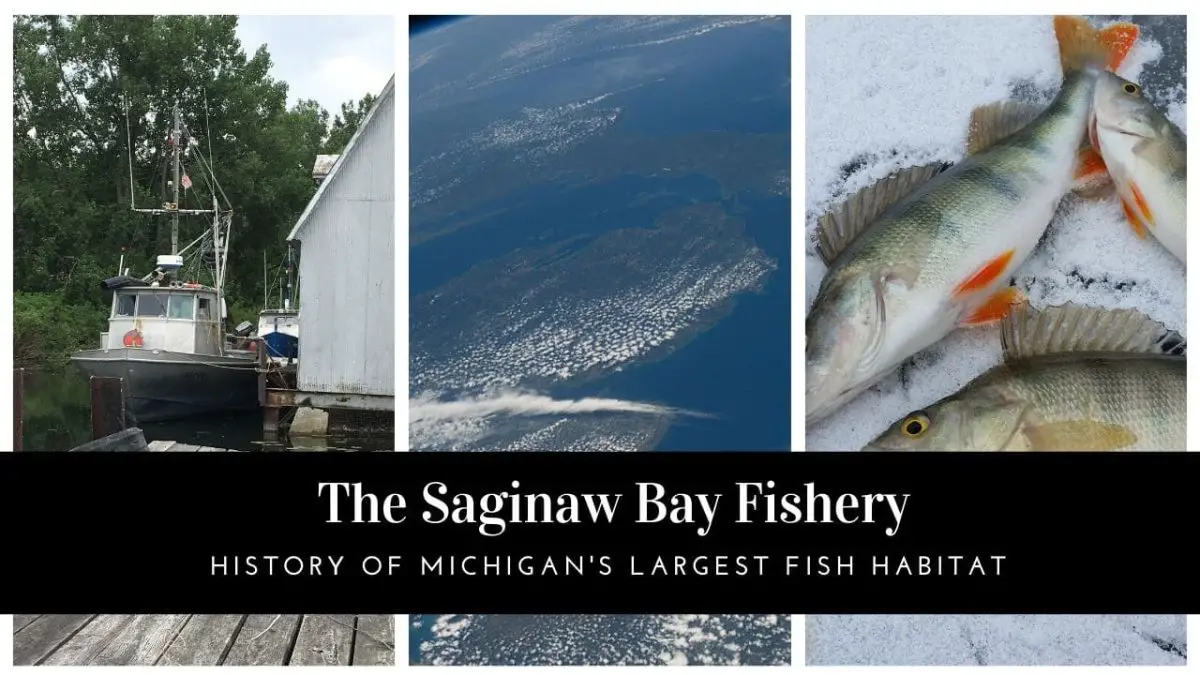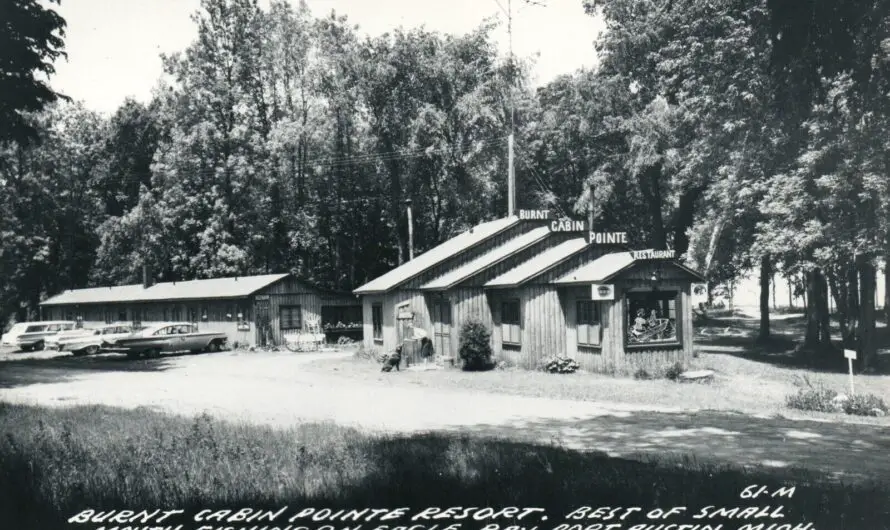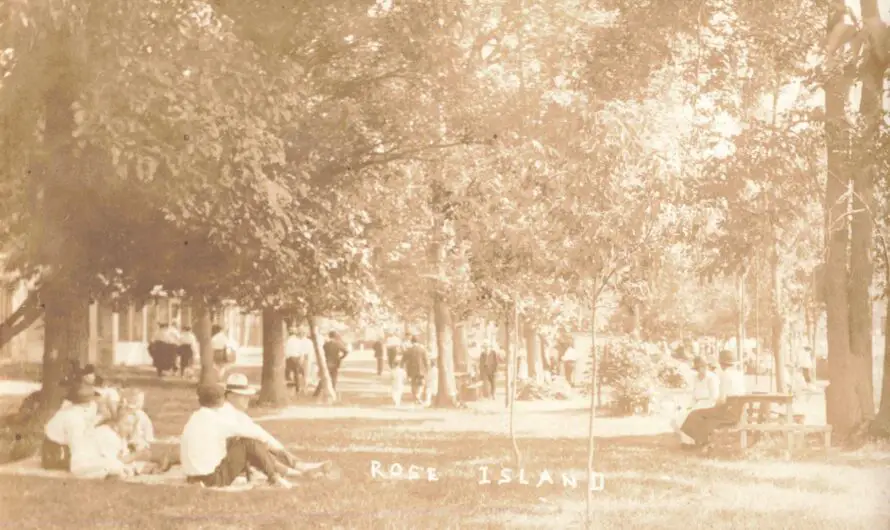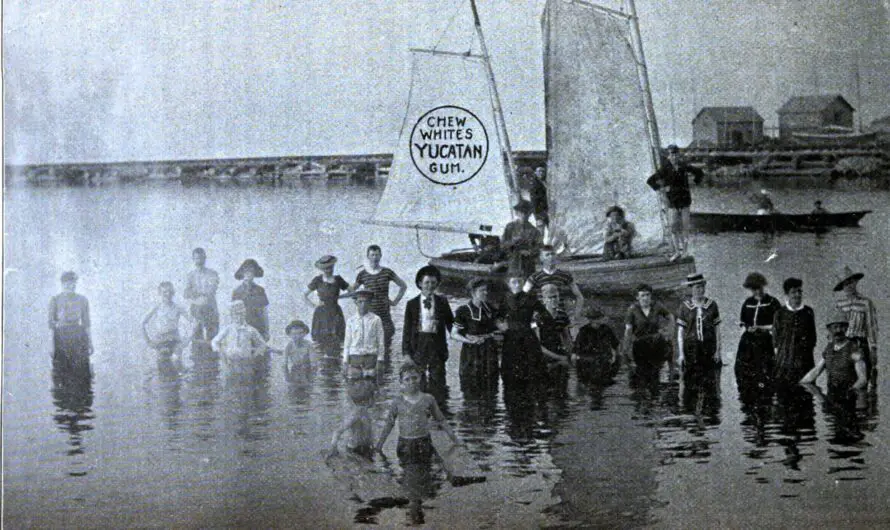Great Lakes Shipbuilding in Saginaw Bay During the Lumber Era
The times of greatest shipbuilding in the Great Lakes region was during the lumbering era. From 1839 until the early 1890s, the virgin old-growth Michigan forests were cut down to produce lumber for growing towns and cities in the lower Great Lakes. Michigan was the nation’s leading lumber producer from 1869 until about 1900. The only way to transport finished milled lumber from the shore side mills in the Great Lakes was by ship.

